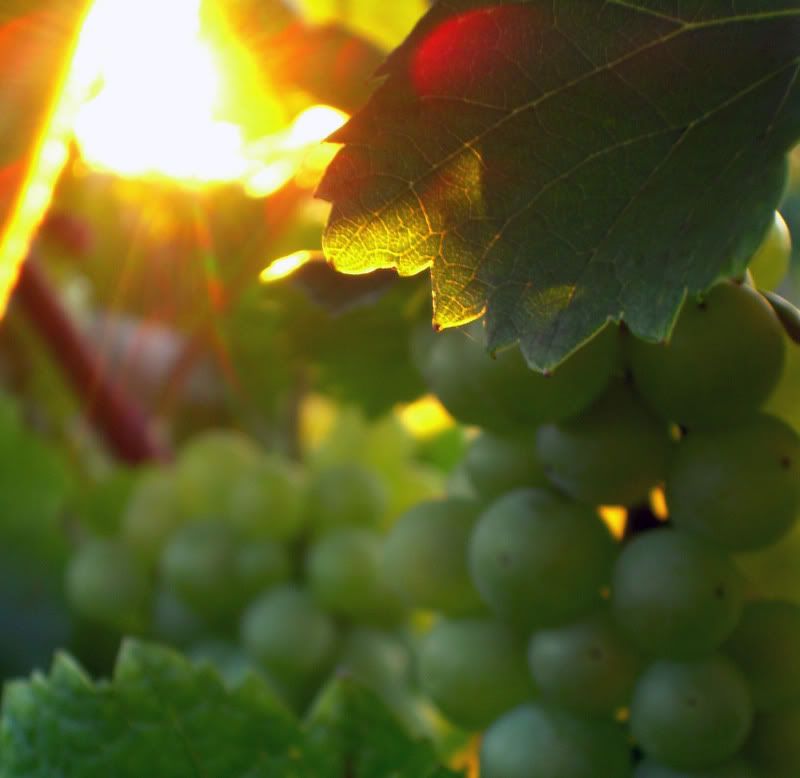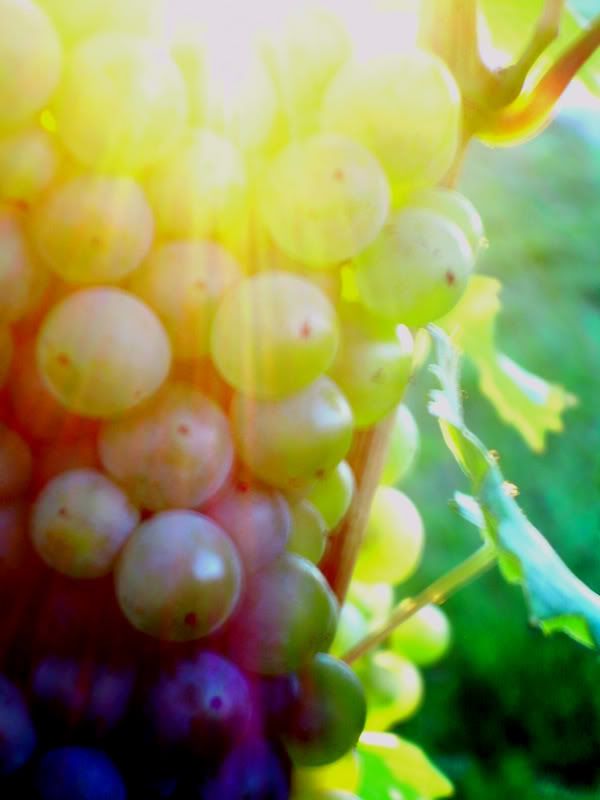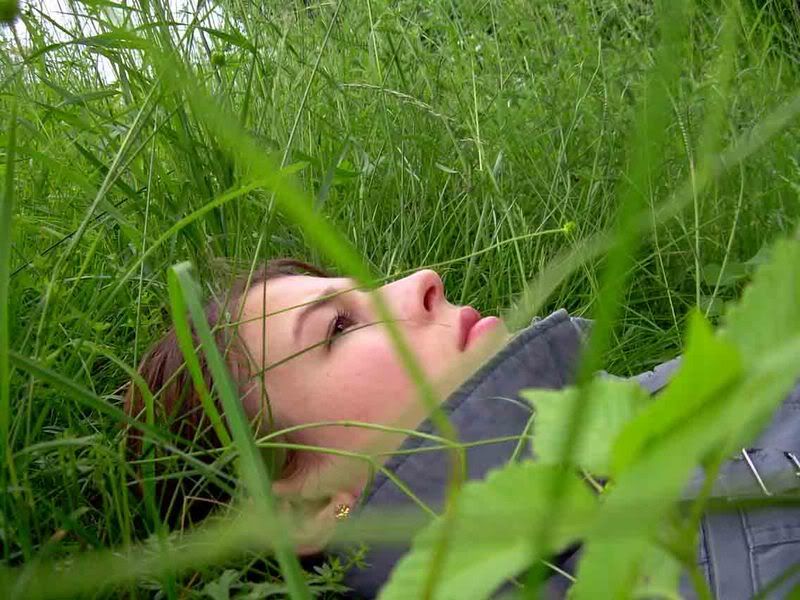
In Styria - especially in the Southwest - summer weekends are readily dedicated to pilgrimages up a serpentine path; the destination of the travel being a so-called Buschenschank.
The term Buschenschank is composed of a) the Busch; meaning "bush" or "scrub", and b) Schank/Schenke; meaning "tavern" or "bar": in old times, a pine twig was attached above the door to indicate the bar was open. The drinks served, though, have nothing to do with pines, but with far more delicate plants: vines, of course.
Another famous term for Buschenschank, namely Heuriger (more typical for Vienna, Lower Austria and the Burgenland) renders more precisely the actual noteworthiness of the entire institution: heurig meaning "of this year" tells us that the wine served in a Heuriger is "young"; made during the last year. And, most importantly, a Buschenschank/Heuriger is allowed to serve only its own wine, must etc. Food is usually locally produced as well.
Despite the clarification of all this it remains rather difficult to render the pilgrim's bliss when sitting amidst the vine, the late summer sun in his face and a glass of some "noble drop" in his hand. Due to this dizzying kind of bliss the way home down the serpentine can actually prove to be quite adventurous, yet, faithful and loyal to Bacchus, the pilgrim humbly accepts all occurring hardships...





